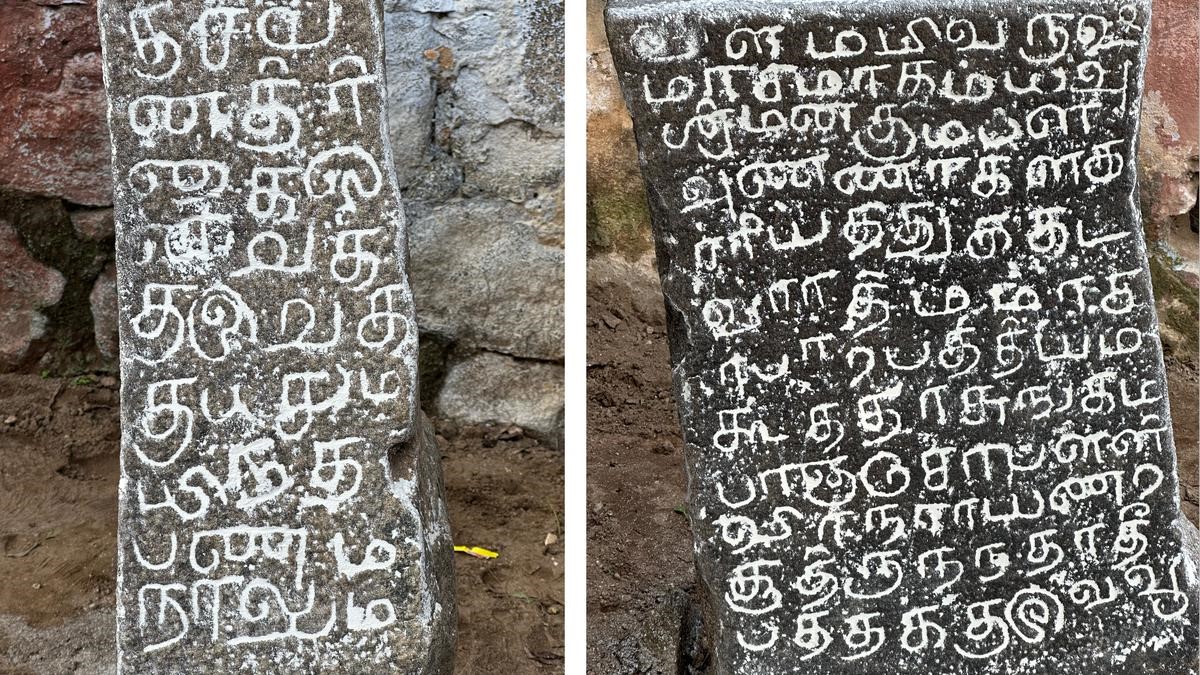Free Courses Sale ends Soon, Get It Now


Free Courses Sale ends Soon, Get It Now



Disclaimer: Copyright infringement not intended.
Context
Details
11th Century Grantham Inscription
16th Century Tamil Inscription
Historical Significance
Grantha Script
Origin and Relation to Other Scripts:
Historical Development:
Purist Movement and Tamil Nationalism:
Manipravalam Writing System:
Usage in Modern Times:
Conclusion
This discovery adds to the understanding of the region's history and cultural practices, shedding light on religious and economic activities during the 11th and 16th centuries. The Grantha script has a rich history, having played a crucial role in the preservation and dissemination of Sanskrit and classical Dravidian languages. Despite historical transitions and shifts in usage, it continues to be employed in specific cultural and religious contexts.
|
PRACTICE QUESTION Q. Examine the challenges faced by the Grantha script during the colonial era and its contemporary usage in religious and cultural contexts among Tamil-speaking Hindus. (250 Words) |
© 2024 iasgyan. All right reserved